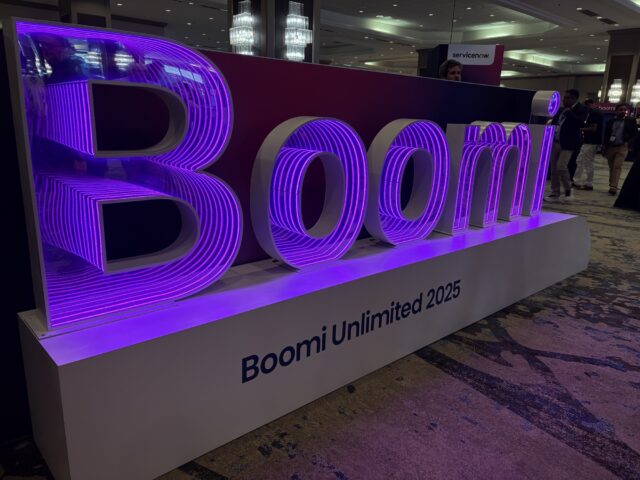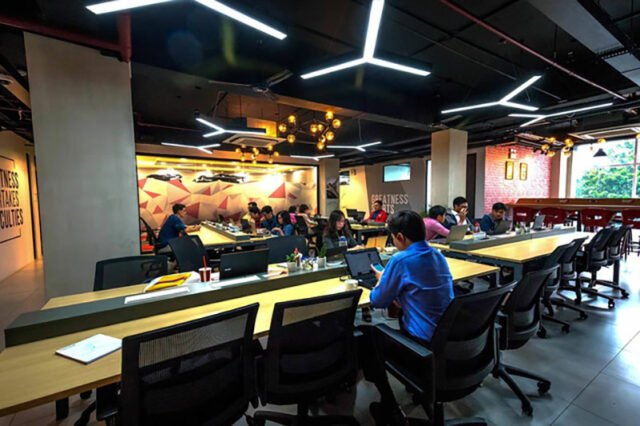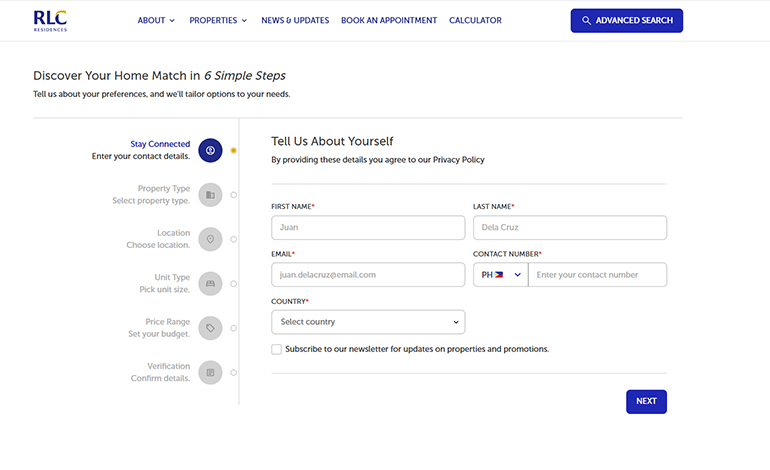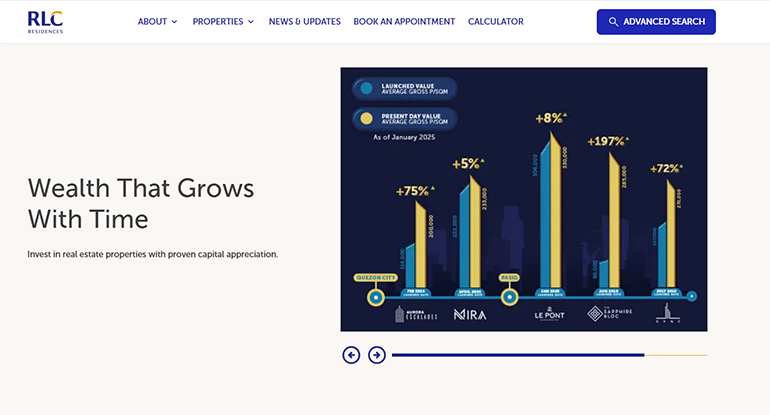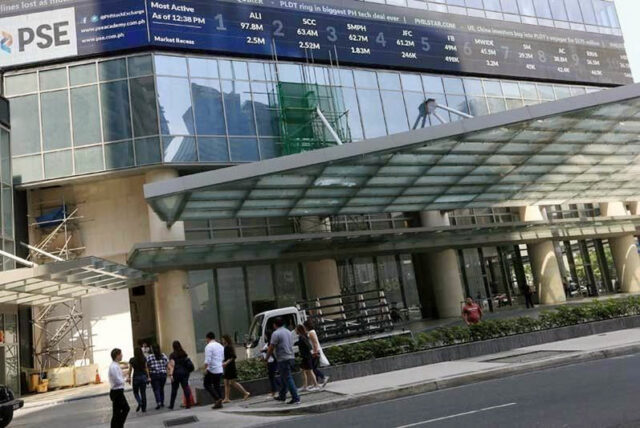Globe’s advanced AI use elevates service, empowers teams for broader efficiency
At Globe, artificial intelligence (AI) isn’t just a tech buzzword, it’s a tool for real progress. As enterprises increasingly adopt advanced Generative AI (GenAI) to boost efficiency and improve services, Globe is taking confident strides in embedding this powerful technology across its business.
A recent Global System for Mobile Communications Association (GSMA) outlook on AI in telecommunications shows that telco operators worldwide are turning to GenAI to meet core business goals, including customer experience, operational agility, and financial performance. Globe is proudly at the forefront of this movement in the Philippines, with a strategy that puts customers and people at the center of AI transformation.
“At Globe, we don’t just want to ride the AI wave, we want to build something sustainable with it,” said Carl Cruz, Globe’s President and Chief Executive Officer. “We see AI as a long-term enabler that not only helps people work smarter and faster but also transforms how we serve our customers by delivering more responsive, efficient, and meaningful experiences. It’s not just about internal productivity. It’s about building the right foundations to support lasting customer impact.”
To unlock that potential, Globe has created a space for employees to safely explore AI tools with intention. Through its internal AI Advocates Guild, Globe’s workforce now has access to platforms like Gemini for Workspace, ChatGPT Enterprise, and the company’s in-house Retrieval-Augmented Generation (RAG) toolkit. These tools have powered the creation of more than 400 bots and co-pilots — each designed by Globe employees themselves to solve day-to-day problems and boost productivity.
By using AI to streamline internal processes, Globe has made tasks faster, more accurate, and more cost-efficient. A great example is the GenAI Quality Audit, which replaced manual quality checks and cut down annual costs from millions to just around P2,000 per month. These smart changes have contributed to managing expenses, leading to a 4% year-on-year reduction in total operating costs — from P19.8 billion in 2024 to P19.1 billion in the first quarter of 2025.
The company is also making strides in using AI to enhance customer experiences by working on AI-powered hyper-personalization to deliver the next best experience for customers, tailoring services to individual needs. More broadly, Globe’s dedication to continuous innovation and delivering meaningful value to customers is reflected in its strong Net Promoter Score (NPS) of 49, well above the telco benchmark of 31.
“We believe AI should serve a greater purpose — one that prioritizes inclusivity, responsibility, and trust,” added Cruz. “As we continue to innovate, we’re committed to using AI not just to accelerate progress, but to ensure that every Filipino can meaningfully participate in the digital future.”
As Globe deepens its investment in people-first AI, it aims to not just keep up with global trends, but to set the pace for how telcos in the Philippines can responsibly and meaningfully integrate GenAI to create lasting impact.
Spotlight is BusinessWorld’s sponsored section that allows advertisers to amplify their brand and connect with BusinessWorld’s audience by publishing their stories on the BusinessWorld Web site. For more information, send an email to online@bworldonline.com.
Join us on Viber at https://bit.ly/3hv6bLA to get more updates and subscribe to BusinessWorld’s titles and get exclusive content through www.bworld-x.com.


